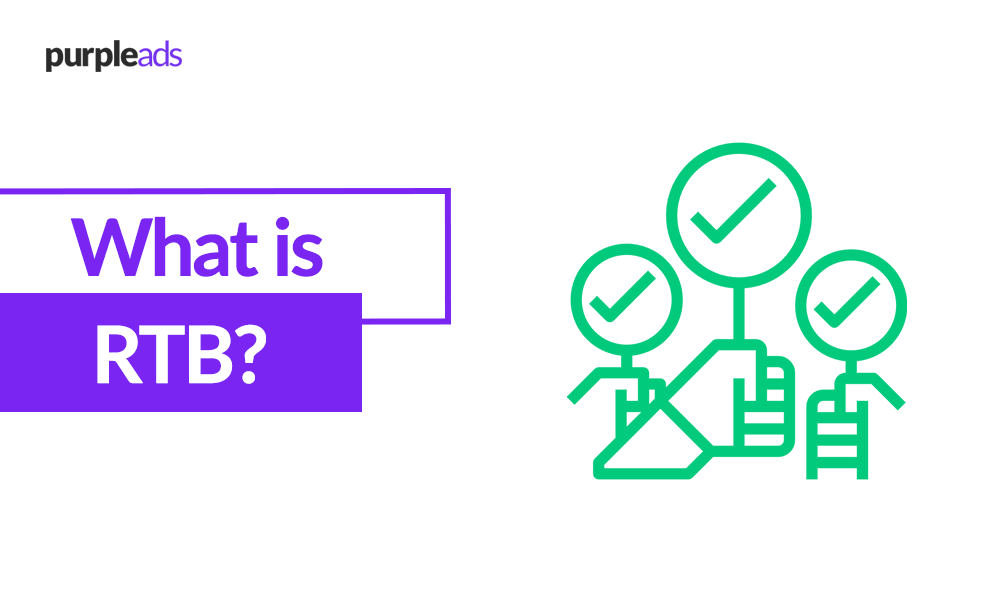Introduction to Real-Time Bidding (RTB)
Real-time bidding (RTB) is a form of programmatic advertising that allows advertisers to bid on ad space in real-time as it becomes available on websites and other digital platforms. RTB allows advertisers to target specific audiences and optimize their ad campaigns in real-time, based on data and analytics. This ensures that the ads displayed are more relevant to the viewer, which can lead to higher conversion rates and a better return on investment for the advertiser.
How RTB Works
RTB relies on the use of programmatic technology, which automates the buying and selling of ad space. This technology is powered by demand-side platforms (DSPs) and supply-side platforms (SSPs).
DSPs are used by advertisers to buy ad space through RTB. They allow advertisers to set their own targeting criteria, such as demographics, interests, and location, and bid on ad space that meets those criteria in real-time.
SSPs are used by publishers to sell ad space through RTB. They allow publishers to set their own pricing and targeting criteria, and display ads that meet those criteria to their audience.
The process of RTB begins when a user visits a website or digital platform that uses RTB. The SSP sends a request to the DSPs, which includes information about the available ad space, the user’s demographics and interests, and the publisher’s targeting criteria. The DSPs then evaluate the request and determine if it meets the advertiser’s targeting criteria. If it does, the DSP sends a bid to the SSP, indicating how much the advertiser is willing to pay for the ad space.
The SSP then selects the winning bid and displays the ad to the user. This entire process happens in real-time, typically within a few milliseconds.
The Benefits of RTB
There are several benefits to using RTB for digital advertising.
First, RTB allows advertisers to target specific audiences more effectively. By using data and analytics, RTB allows advertisers to reach their desired audience at the right place and time, which can lead to higher conversion rates and a better return on investment.
Second, RTB allows advertisers to optimize their campaigns in real-time. By using data and analytics, advertisers can make adjustments to their targeting criteria and bid amounts on the fly, ensuring that their ads are being displayed to the most relevant audience possible.
Third, RTB allows advertisers to save time and resources. By automating the ad buying process, RTB allows advertisers to focus on creating and optimizing their ads, rather than negotiating with publishers and manually placing ads.
RTB is used in a variety of ad formats, including display ads, video ads, and mobile ads. It can also be used in programmatic advertising, which is the automated buying and selling of ad inventory through RTB.
Programmatic advertising allows advertisers to use algorithms to analyze data and make decisions about which ads to purchase and display. This can be more efficient and cost-effective than traditional methods of ad buying, as it allows advertisers to target specific audiences and optimize their ad campaigns in real-time.
However, RTB and programmatic advertising have also faced criticism for a lack of transparency and concerns about the potential for ad fraud. Ad fraud is the practice of creating fake ad impressions or clicks in order to deceive advertisers and generate revenue.
To address these concerns, the industry has implemented measures such as ad viewability standards and verification tools to ensure that ads are being displayed to real users and not being fraudulently inflated.
The Limitations of RTB
While RTB has many benefits, there are also some limitations to consider.
First, RTB requires access to data and analytics. Advertisers need access to data and analytics tools to effectively target and optimize their campaigns. Without access to these tools, RTB may not be as effective.
Second, RTB can be complex and time-consuming to set up. Advertisers need to set up their campaigns, targeting criteria, and bid amounts in advance, which can take time and resources.
Third, RTB relies on the availability of ad space. If there is not enough ad space available, advertisers may not be able to display their ads.
Conclusion
Real-time bidding (RTB) is a form of programmatic advertising that allows advertisers to bid on ad space in real-time as it becomes available on websites and other digital platforms. RTB allows advertisers
RTB is a powerful tool for advertisers to reach specific audiences in real-time and optimize their ad campaigns. While there are concerns about transparency and ad fraud, the industry is working to address these issues and improve the effectiveness and accountability of RTB and programmatic advertising.

